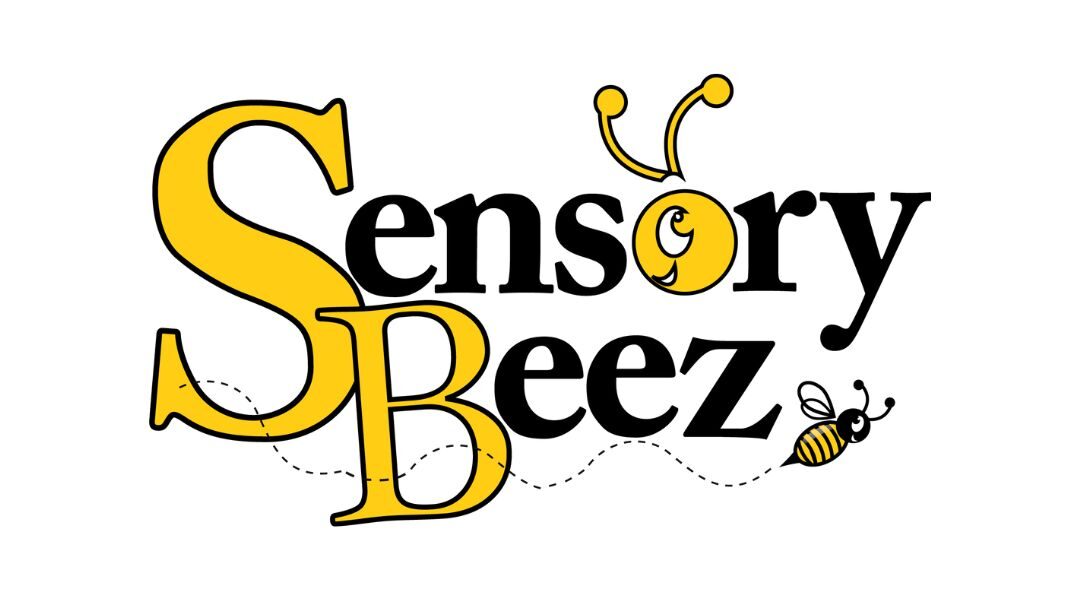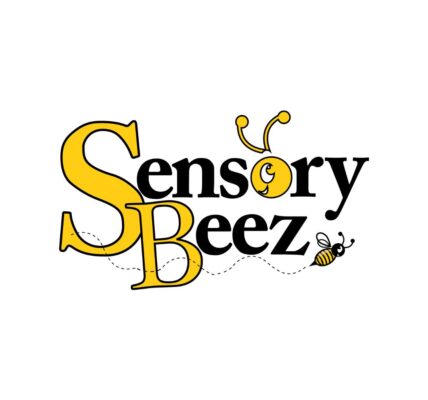In recent years, sensory gym equipment has gained prominence in therapeutic and educational settings. These specialised tools are designed to cater to the sensory needs of children, particularly those with sensory processing disorders, autism spectrum disorders, and other developmental challenges. The goal of sensory gym equipment is to create a stimulating environment that can engage children’s senses, promote physical activity, and support overall development.
The Role of Sensory Gym Equipment
Sensory gym equipment is specifically designed to address these challenges by providing a controlled and safe environment where children can explore and develop their sensory skills. These gyms are often equipped with various tools and structures that target different senses, including touch, sight, sound, movement, and balance.
Types of Sensory Gym Equipment
Swings and Hammocks:
- Therapeutic Swings: These are designed to provide vestibular input, helping children develop a sense of balance and spatial orientation. Swings like platform swings, cocoon swings, and hammock swings offer gentle rocking motions that can be calming and organizing for the nervous system.
- Hammocks: Hammocks provide a snug, enclosed space where children can relax and feel secure. The gentle pressure from the fabric can offer proprioceptive input, which helps children understand their body position in space.
Climbing Structures:
- Ropes and Ladders: Climbing equipment like ropes, ladders, and climbing walls help improve motor planning, coordination, and muscle strength. These activities also provide proprioceptive input, which is crucial for developing body awareness.
- Obstacle Courses: These courses can be customised to include various challenges that target different sensory systems, encouraging children to navigate through them and develop problem-solving skills.
Tactile Play:
- Sensory Bins: Filled with materials like sand, rice, or water beads, sensory bins provide rich tactile experiences. Children can dig, scoop, and explore different textures, which helps desensitise them to various tactile inputs.
- Therapeutic Putty and Dough: These materials offer resistance that strengthens hand muscles and improves fine motor skills. Manipulating putty can also be a calming activity that helps children focus.
Auditory and Visual Stimuli:
- Light Panels and Bubble Tubes: These visually stimulating tools can capture children’s attention and provide a soothing effect. Bubble tubes with changing colours and light panels can be used to create a calming sensory environment.
- Sound Machines and Musical Instruments: These tools can help children develop auditory processing skills. Musical instruments like drums, xylophones, and bells encourage active participation and auditory discrimination.
Balance and Coordination Tools:
- Balance Beams and Rockers: These tools help improve balance and coordination. Walking on a balance beam or sitting on a rocker can enhance vestibular input and core strength.
- Therapy Balls and Bosu Balls: These balls are excellent for developing balance, coordination, and core stability. Activities involving these balls can also be fun and engaging for children.
Benefits of Sensory Gym Equipment
- Enhanced Sensory Integration: Sensory gym equipment helps children integrate sensory information more effectively, leading to improved motor skills, better body awareness, and enhanced coordination.
- Increased Focus and Attention: Engaging in sensory activities can have a calming effect on the nervous system, helping children improve their focus and attention span.
- Improved Social Skills: Sensory gyms often provide opportunities for group activities, promoting social interaction and cooperative play.
- Physical Development: These activities contribute to physical fitness, muscle strength, and overall health.
- Emotional Regulation: Sensory activities can help children manage their emotions, reducing anxiety and promoting a sense of well-being.
Summing up, sensory gym equipment plays a crucial role in supporting the sensory needs of children. By providing a variety of stimulating and engaging activities, these tools help children develop essential skills, improve their sensory processing abilities, and enhance their overall quality of life.


